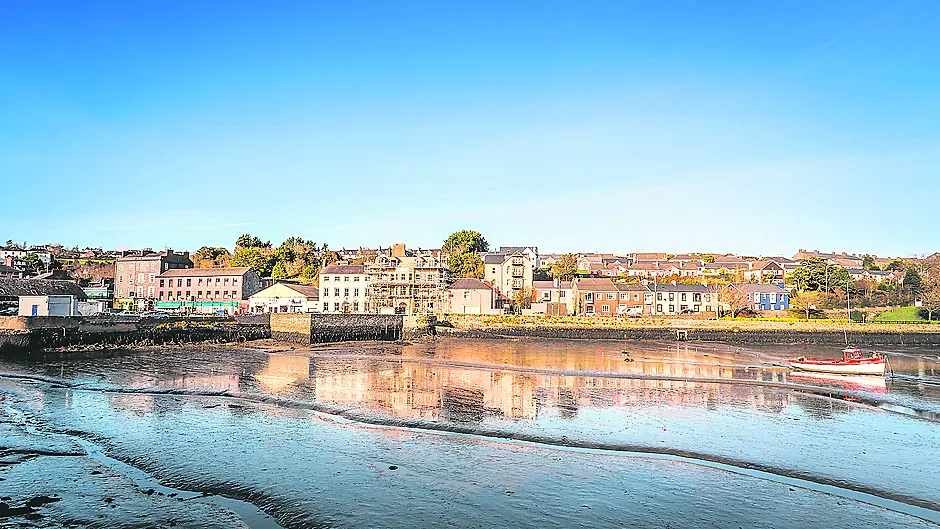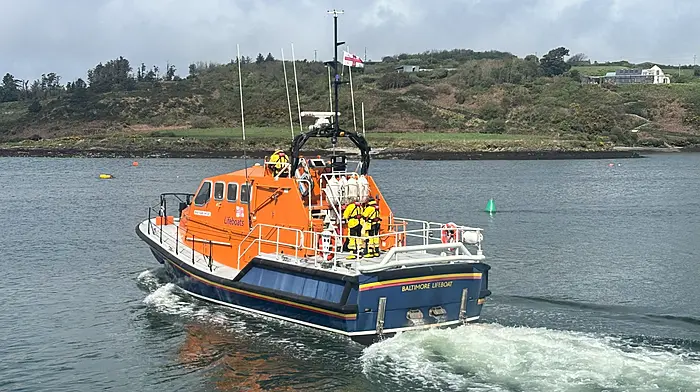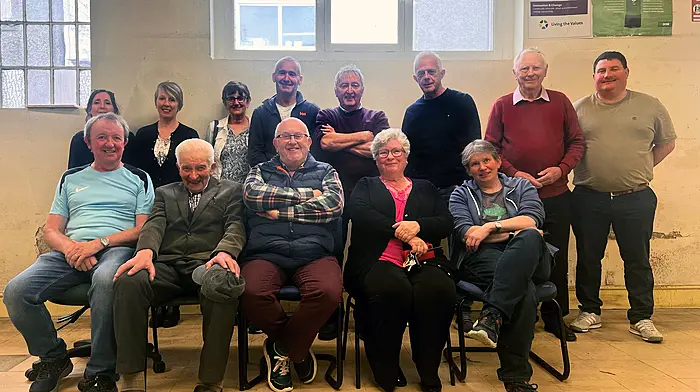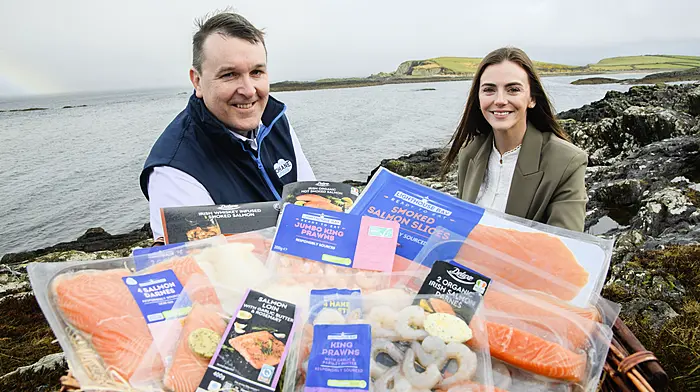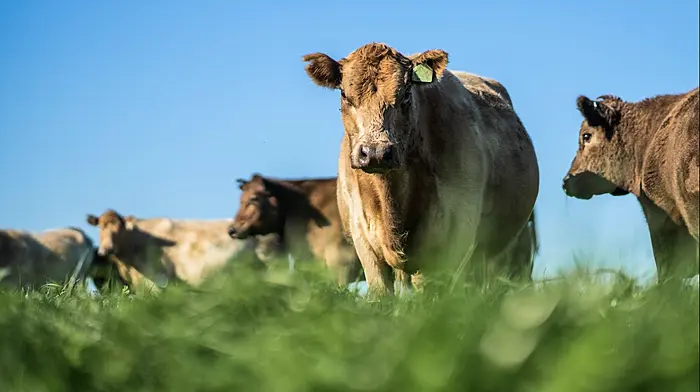THE annual nationwide survey by business group Irish Business Against Litter (IBAL) of beaches and harbours has found Kinsale to be ‘littered’ while Bantry and Castletownbere are ‘moderately littered.’
Overall, the survey found that litter levels are on the rise, with only eight areas receiving the ‘clean’ designation. Aside from its impact on tourism and recreation, IBAL is warning that coastal litter has grave implications for the future of our planet.
The An Taisce report for Kinsale stated: ‘Many of the litter items were food related and associated with the market in the car park. Other land-based items included alcohol cans and cigarette butts; water-based items included plastic bottles, plastic containers, cans and miscellaneous items eg car tyre. Hard hitting dog fouling signage with ‘Protect Public Health, Be Responsible’ appears to be having the desired effect as there was none evident.’
The Bantry report said there was a ‘very definite litter presence at Bantry with a variety of typical food and alcohol related items present; other non-food items included face-masks, clothing items and very high levels of cigarette butts – and this was just the land-based litter.
‘This took away from the attractively paved area with seating and planting. Within the water and at the water’s edge there were larger, long-lie items eg pieces of wood, large pieces of plastic wrapping and other miscellaneous items. On first impressions the recycle facility appeared in good order but further inspection revealed items stuffed between and behind the units. Marine related items included fishing nets/rop /lobster pots and buoys / car tyres.’
Castletownbere’s report was ‘overall quite good.’
‘There was evidence of community involvement but it was let down by an overflowing litter bin beside a fast-food van, long-lie litter in the seaweed by the shore line and very obvious dog fouling and cigarette butts. Building materials and marine related litter fishing lines/nets/ropes were also present. Colourfully painted wooden based flower boxes with abundant planting within were a lovely feature; there were no visible opportunities for recycling/separating waste.’

